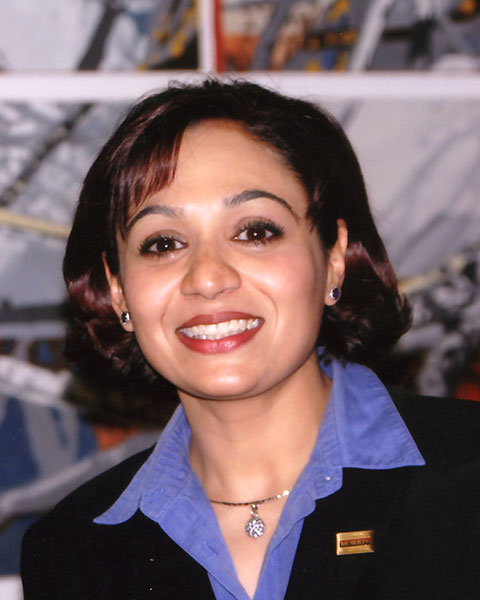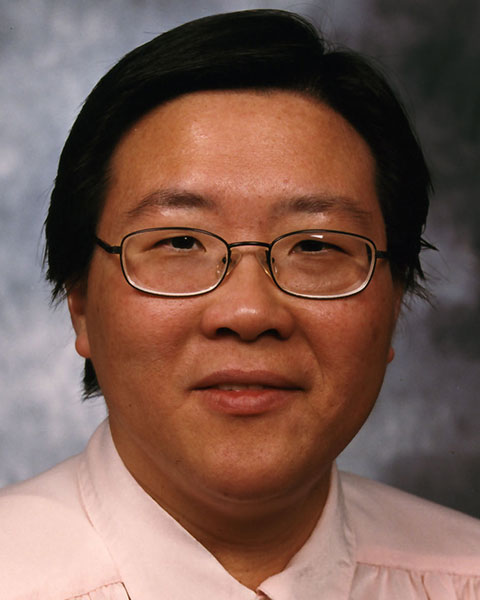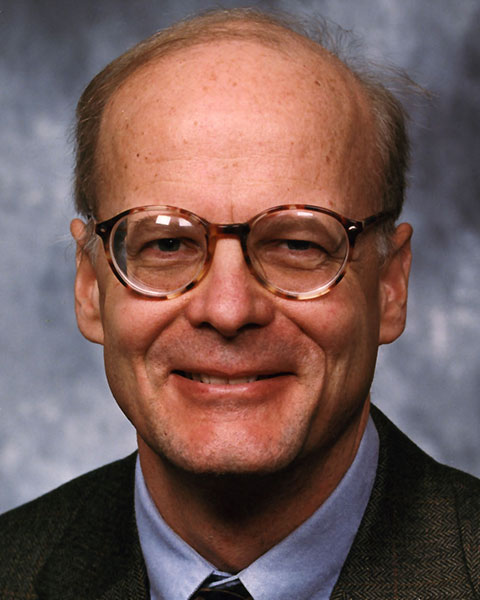The University of Minnesota Morris Alumni Association established the UMMAA Teaching Award to honor individual faculty members for outstanding contributions to undergraduate education. The significant contributions of all Morris faculty are recognized and appreciated, and UMMAA is pleased to celebrate a member of the scholarly community each year.
UMMAA Teaching Award Criteria
Purpose
The purpose of this award is to honor individual UMN Morris faculty members for their outstanding contributions to undergraduate education. By calling attention to their education philosophies, objectives, and methods, the University of Minnesota Morris Alumni Association hopes to encourage and enhance teaching effectiveness of other faculty members.
During each academic year one UMN Morris faculty member may be selected to receive the UMM Alumni Association Teaching Award, with the announcement of the award recipient to be made by the first of April. Recipients will receive $2,000. In addition, the recipient's discipline will be given $500 to be used by the recipient.
Eligibility
Tenured and tenure-track (regular) faculty, term (non-regular) faculty, and professional and administrative instructional staff salaried through the University and holding a 66 2/3% time or greater appointment, who have been at the University of Minnesota Morris for at least three years, including the current year, may be nominated for the UMM Alumni Association Teaching Award.
Previous nominees who did not receive the award may be re-nominated. Previous winners of this award may not be re-nominated.
Previous winners of the all-university Horace T. Morse Minnesota Alumni Teaching Award may not be nominated for the University of Minnesota Morris Alumni Association Teaching Award for at least four years after receiving the all-University Horace T. Morse Minnesota Alumni Association Award.
Criteria
Nominees will be evaluated on the basis of documentation of outstanding contributions to undergraduate education. The documentation should provide specific evidence of outstanding performance in one or more—not necessarily all—of the five categories listed below, but the list should not be considered exhaustive or restrictive.
The selection committee will consider any and all kinds of outstanding contributions to undergraduate education so identified and demonstrated by the materials provided. The magnitude of an outstanding contribution in one area may compensate for little or no contribution in other areas.
- Teaching: direct contact with students in undergraduate courses and programs and in co-curricular activities. Teaching activities include instructing groups of students in classes, seminars, and laboratories; and mentoring or supervising individual activities, such as practicums, internships, field learning experiences, tutorials, and independent study, including MAP supervision of UROP projects. The activities listed are representative, not exhaustive.
- Research and Artistic Activities: such activities should be documented and discussed in terms of relationships between these activities and the nominee's contributions to undergraduate education, which may itself include students' research or artistic activities of kinds appropriate to the discipline.
- Advising: for example, activities that aid individual students with course and major selection, career plans, and personal development, especially in ways that go beyond formal curricular advising and instill values of the liberal arts and lifelong learning; and those that provide guidance to student organizations or groups. Documentation should include information about accessibility to students, which ordinarily includes but is not limited to office availability.
- Academic Program Development: such activities as contribute to the planning, design, or development of curricular or co-curricular improvements in undergraduate education. Contributions in these areas include, for example, new courses or a cluster of courses, general education options in the undergraduate curriculum, and valuable programmatic innovations of any kind.
- Educational Leadership: extra-programmatic activities of any kind and at any level that constitute leadership and contribute substantially to undergraduate education; for example, presenting papers, holding a position such as national or regional officer or program chair in a professional association activities where students are actively involved.
In all cases, it is not the activity in itself, but the energy, the creativity, and the effectiveness of the activity that constitute outstanding contributions to undergraduate education.
Selection
Nominations are to be initiated by a student or faculty member by forming a nominating committee made up of at least one student and one faculty member. In years when there are no or only one nomination received by the deadline date nominations will be re-opened for a period of no longer than two weeks.
Organization and Presentation of Dossiers
- A statement of no more than three pages, presenting the case for the nomination. This statement forms the basis of the recommendation and is extremely important for the review process. It should describe the nominee's qualifications with specific reference to the criteria listed (or others being used) whenever appropriate. This statement needs to set out convincingly and in detail the case for the nominee's outstanding contributions to undergraduate education.
- Personal statement by the candidate of no more than two pages, describing teaching style, methods and objectives, and, as appropriate, examples of the integration of teaching with research, scholarship, or artistic creativity.
- The candidate's curriculum vitae
- No more than five supporting letters from students, faculty, administrators, and non-University references, citing specific examples in support of the case. In most cases, at least two letters from individual undergraduate students, past or present, will be expected to be included among the five, along with at lease one from a faculty colleague.
- A list of courses taught at the University of Minnesota Morris, during the past three years, including semester and approximate enrollment.
- The numeric summary of the student evaluations of the candidate's teaching during the past three years, along with no more than two pages of student comments.
- Supporting documentation of no more than five pages, such as the nominee's course syllabi and examinations.

























